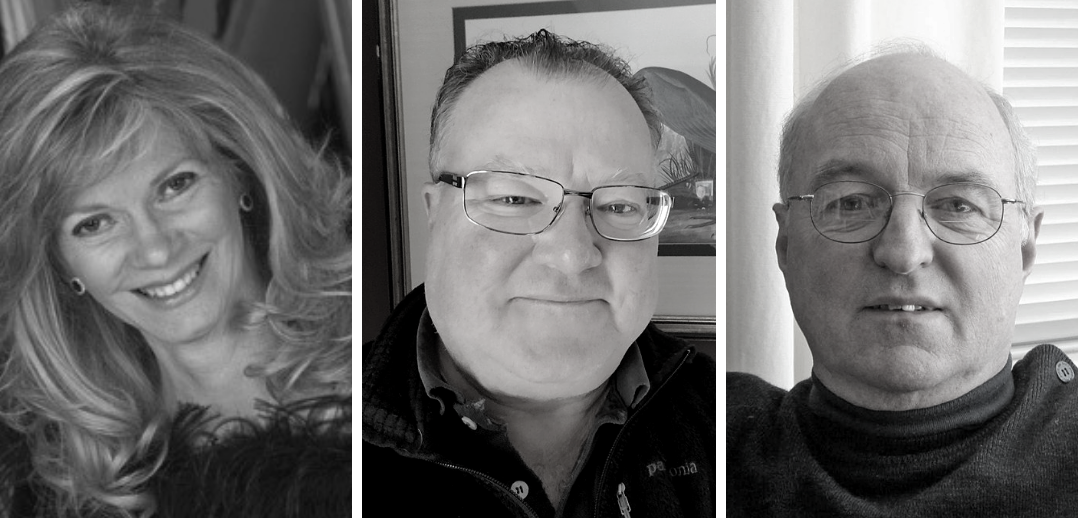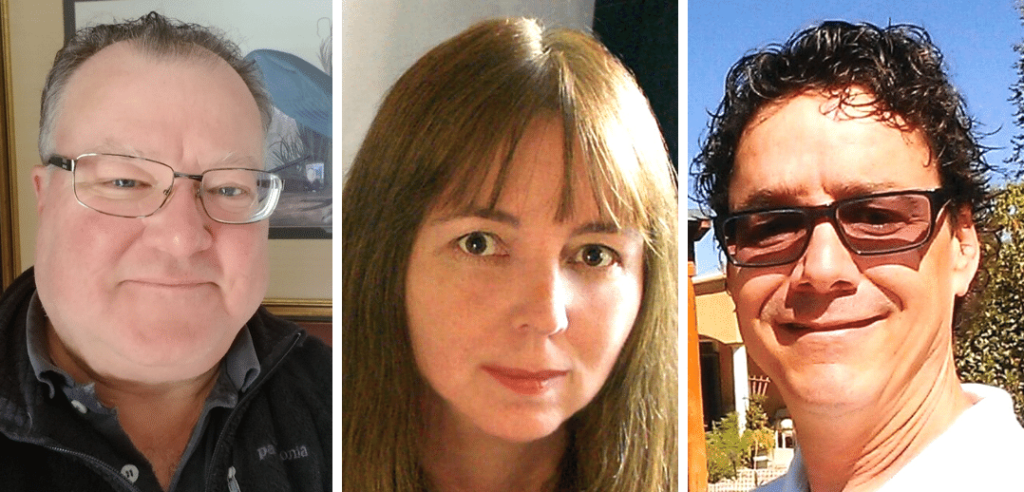I’ve had this happen more than once. You should try to continue if it’s at all possible. Depending on the gig, the client probably won’t know the difference. Often, when a rod breaks, it leaves the discs only partially engaged and causing buzzing every time you hit the string. So, you’ll need to adjust the rod so there are no buzzes and so the pedal is in the most useful position.
For example, I had a C pedal rod break in the sharp position. I didn’t want to have to play C sharps all night, so I needed to adjust the rod into the natural position. I took the harp out of the room, removed the base, got hold of the rod with vise-grip pliers and moved the rod until the pedal was in the natural position and there were no sharping discs hitting the C strings. When I returned to the room, I folded the C pedal up to help remind me that it wouldn’t do any good to tramp on the pedal. If I needed C-flat or C-sharp, I had to try to use a synonym (B-natural or D-flat) but the audience never knew I had a malfunction.
—Jan Jennings is a freelance harpist in Orlando, Fla.,and Music Review Editor of Harp Column.
Depending on your comfort level with mechanical harp repairs, your choices are few. If you break your G rod, for instance, and it’s stuck in sharp but you really could use natural for the remainder of the program, you might be able to flip the harp over to gain pedal box access and carefully push what’s left of the broken rod up a little so that you engage the action into G natural position. Don’t push that rod too hard or you’ll go up another little bit which will put you in G flat. If that should occur, and, if you happen to have a pair of pliers, you can grab a hold of that rod and pull it back into natural. In other words, your hands will be doing the work that your pedal is supposed to do. If that’s not an option, tune your G sharps to natural (or flat if that scenario is better) using your tuning key.
Carrying a spare rod, or even just a pedal coupler can put you right back in the game, but, that’s for a future article. It’s far more technical.
—Erich Rase, from Lansing, Mich., studied harp with Jane Weidensaul but quickly realized that his talent lay in repairing harps, not playing them.
First, you should have in your emergency kit a spare pedal coupler that you know fits your harp and a bent nose needle nose vise grip pliers. If a rod breaks, you can unscrew the rod about eight full turns, screw the spare coupler onto the rod eight full turns, and hook up the repaired rod to the pedal bar. No need to remove the broken rod. Alice Chalifoux told me about this repair and she insisted that she never once ever replaced a broken rod. She always repaired them this way.
The only thing that I would do differently from Alice is replace the rod as soon as possible and not continue to use the repaired rod with only a few threads attaching it to the pedal coupler. If there is absolutely no way or time to do this quick repair, then try as best you can to work around it, leaving the broken rod in flat position and not using those notes. Oh, and go have a good drink afterwards! •
—Carl Swanson is a harpist, teacher, technician, and harp builder from Boston, Mass. He has also published editions of major harp works with Carl Fischer Music.














